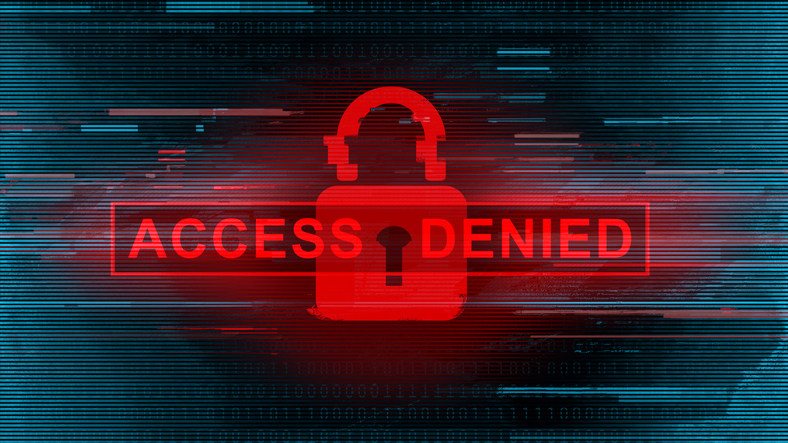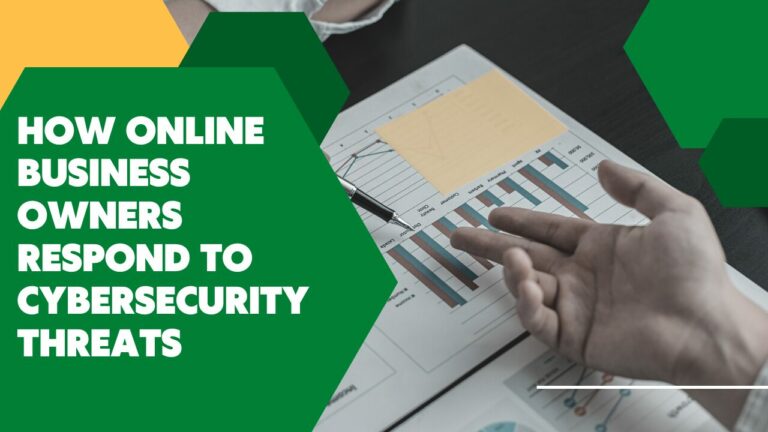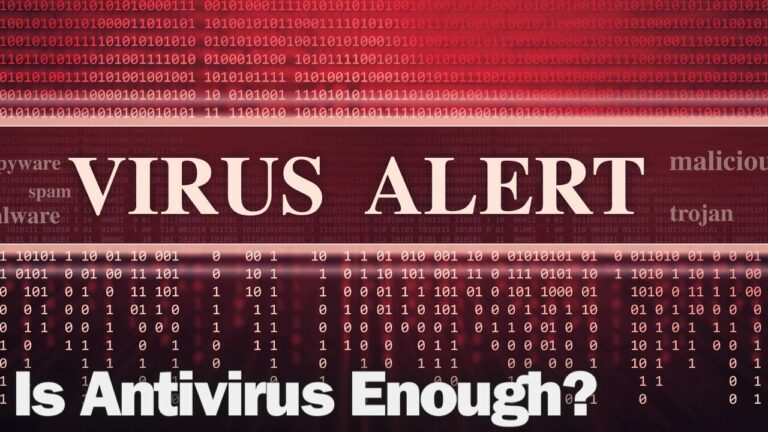St. Louis Financial Services Firms Targeted With Ransomware
Ransomware is likely today’s most significant threat to cybersecurity in St. Louis, and it’s only getting more dangerous. Do you know the state of ransomware in 2022?
It feels like we can’t go more than a few days without there being another ransomware story in the news. What used to be simply one threat present in the cybercrime landscape has become the clearest and present danger to modern businesses.
What’s The Reality Of Ransomware For St. Louis Financial Services Firms?
We won’t sugar coat it—ransomware hit new heights this year, affecting most financial services firms that have encountered any cybercrime threat.
According to Sophos’s study of the financial services sector:
- 34% of financial services organizations were hit by ransomware in the last year
- 51% that were hit by ransomware said the cybercriminals succeeded in encrypting their data
- 25% of those whose data was encrypted paid the ransom to get their data back
- 63% of data was restored, on average, after paying the ransom
- 91% of financial services organizations have a malware incident recovery plan
- The average cost of a ransomware incident was $2.1M for the business

Ransomware Continues To Evolve And Proliferate
Ransomware is a type of malware or trojan that infects a network and blocks access to data stored on those networks by encrypting all the files in a difficult, if not impossible, to decrypt.
The hackers who deploy the malware agree to provide a unique decryption key in exchange for a payment, usually in Bitcoin or some other cryptocurrency, making tracing and prosecuting the hackers difficult.
The malware is mainly spread using emails with embedded links sent out en masse to thousands if not millions of email addresses that can be readily obtained for less than $100.
The hackers anticipate that at least some of those emails will be opened and some of the links clicked, downloading malware to the unsuspecting user’s PC and starting the encryption process. Overall, it is a straightforward process to manage, and the rewards are exponentially higher than the cost.
The best way to defend against ransomware is to work with an IT company (like Alliance Technology Partners) whose team can implement a range of cybersecurity protections that will keep your data protected and your business in operation, no matter what happens.
How Does Ransomware Infect Your St. Louis Financial Services Firm’s Systems?
There are five primary ways that hackers trick targets into downloading ransomware:
- Phishing: Phishing is a hacking technique that “fishes” for victims by sending them deceptive emails. Phishing attacks are often mass emails that include ransomware as an attachment.
- Malvertising: Hackers have found vulnerabilities in many popular, modern browsers like Google Chrome and Mozilla Firefox. They spam users with official-looking pop-ups informing them of an “infection” or “security alert,” prompting them to download a file or click a link. That’s where the ransomware comes into play. As with so many of these methods, it just comes down to getting the user to interact with malware in some way without knowing it.
- Remote Desktop Protocol: RDP is a known infiltration point for cybercriminals, especially for unpatched systems.
- 3rd-Party Remote: Many cybercriminals are attacking third-party remote-control tools as they know that once they can gain access to a remote control tool, they will have access to several machines that can be infected.
- Out Of Date Hardware: Many of the most common malware and viruses used by cybercriminals today are based on exploiting those programming flaws; to address this, developers regularly release software patches and updates to fix those flaws and protect the users.
Why Does Ransomware Work?
This may seem like an odd question, but it’s important to consider—if ransomware attacks are this common and generally work the same way every time, why haven’t they become less effective? Because businesses like yours keep letting it happen.
Despite the countless examples of how dangerous ransomware is, very few businesses are taking the necessary steps to protect themselves.
According to Datto, 89% of MSPs are “very concerned” about the ransomware threat, and 28% report their SMB clients to feel the same. This lack of concern among businesses makes them such perfect targets for cybercriminals.
What Would Happen If Your St. Louis Financial Services Firm Were Infected With Ransomware Right Now?
Do you have a plan? Are your system endpoints protected? Are your backups recent, tested, and viable?
It’s easy to assume that you won’t be anytime soon because you haven’t been hit by ransomware yet. You may think you can put off investing in an effective business continuity plan, but you may get hit without warning.
Don’t assume you’re safe. Take the time to make sure you are, or you may have to pay a ransom.
How Can You Defend Your St. Louis Financial Services Firm Against Ransomware?
The best way to defend against ransomware is to work with an IT company whose team can implement a range of cybersecurity protections that will keep your data protected and your business in operation, no matter what happens:
- Access Controls: Access controls should be configured to restrict shared permissions for directories, files, and networks. The default settings should be “read-only” access to essential files, with limited permissions for write access to critical files and directories. Furthermore, only those needing local admin rights are provided with that access.
- Firewall: Your firewall is your first line of defense for keeping your information safe. A firewall is a particular type of solution that maintains the security of your network. It blocks unauthorized users or suspicious connections from gaining access to your data. Firewalls are deployed via hardware, software, or a combination of the two.
- Network Monitoring: Your IT company should be keeping an eye on your systems around the clock, identifying suspicious activity, and addressing it immediately to prevent any adverse effects.
- Data Backup: If you have a data backup solution, it doesn’t matter if your data has been encrypted. You can replace it with your backup, simple as that. That’s why you should make a considerable investment in a comprehensive backup data recovery solution so that you can restore your data at a moment’s notice when necessary.
Be sure to:
- Back up data regularly, both on and offsite.
- Inspect your backups manually to verify that they maintain their integrity.
- Secure your backups and keep them independent from the networks and computers they are backing up.
- Separate your network from the backup storage so the encryption process is unable to “hop” networks to the backup storage device. This keeps your backup data from being encrypted.
Need Helping Defending Your St. Louis Financial Services Firm Against Ransomware?
Experts estimate that a ransomware attack will occur every 11 seconds. That’s why 42% of financial services firms expect to be hit in the coming year.
Will you be part of that number?
We can help you mitigate the threat and minimize the potential damage. You can start improving your ransomware defense by getting in touch with our team.


